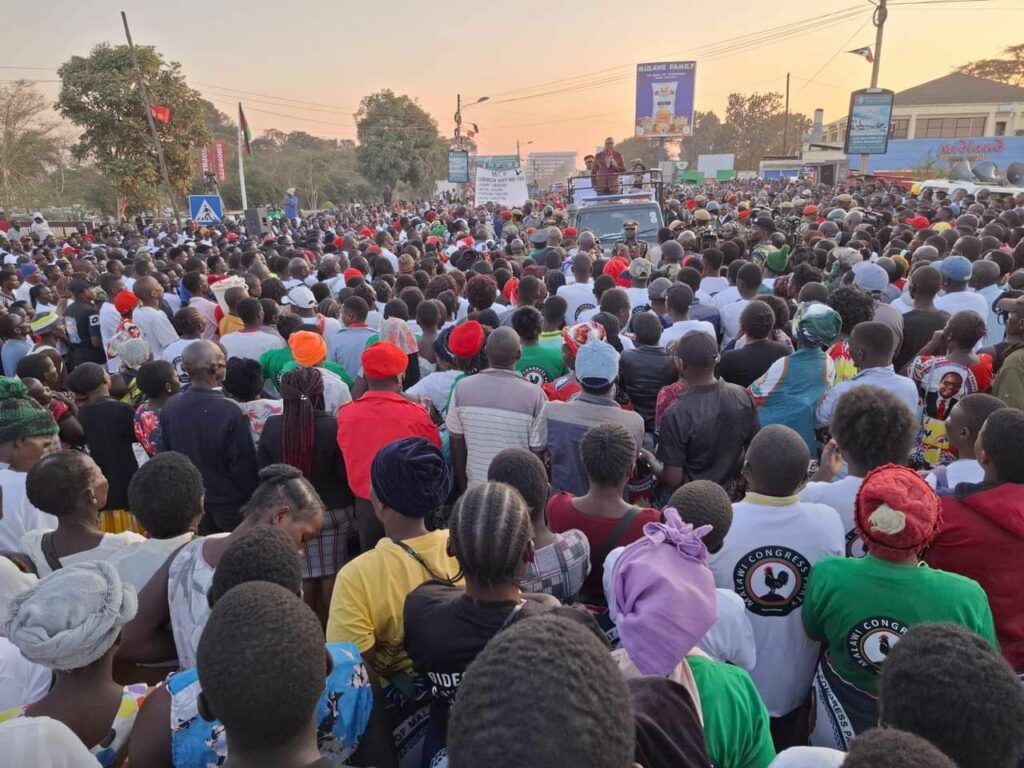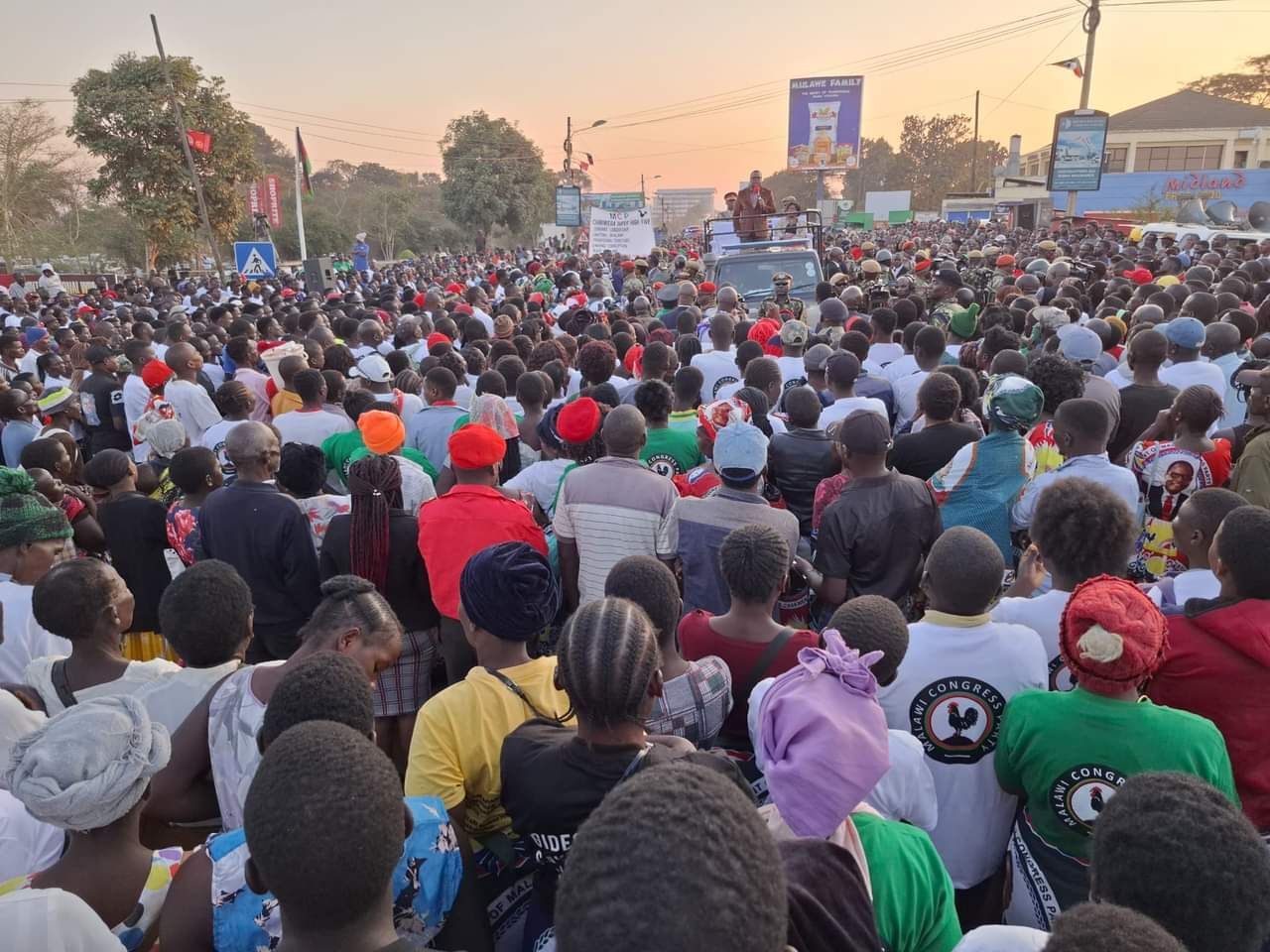By Burnett Munthali
In the world of Malawian politics, public rallies are often used as a measure of political strength and popular support. Two recent events have sparked significant debate regarding their true impact: the massive turnout at Njamba Freedom Park during a Democratic Progressive Party (DPP) rally and the relatively small attendance at a rally held by President Lazarus Chakwera in Zomba. This article examines the validity of these claims and their implications for understanding political dynamics in Malawi.
The Njamba Freedom Park Rally
The Democratic Progressive Party (DPP), led by former President Arthur Peter Mutharika, held a rally at Njamba Freedom Park that was reported to be attended by a very large crowd. Many observers and supporters claim that the park was filled to capacity, showcasing Mutharika’s considerable appeal and organizational strength. This impressive turnout was portrayed as a testament to Mutharika’s enduring popularity and his ability to mobilize substantial public support.
While the reported turnout at Njamba Freedom Park was described as massive, verifying the exact number of attendees can be challenging. Factors such as the scope of media coverage, the credibility of sources, and potential exaggerations can affect the perception of attendance figures. Nonetheless, the rally’s size, if accurate, highlights Mutharika’s strong support base and his capacity to attract large crowds.

The Zomba Rally
In contrast, a rally held by President Lazarus Chakwera in Zomba reportedly attracted a smaller crowd. The limited turnout was noted in various reports and was interpreted by some as an indicator of declining enthusiasm or support for Chakwera’s administration. Critics of Chakwera used this smaller attendance to argue that his appeal and effectiveness as a leader were waning.
The size of the crowd at the Zomba rally, like any political event, could be influenced by multiple factors, including timing, location, and current political climate. While reports of a small turnout were prevalent, it’s important to consider these contextual elements when evaluating the significance of the attendance figures.
Implications for Political Perception
Both rallies, whether the massive turnout at Njamba Freedom Park or the smaller crowd in Zomba, play a role in shaping public perception of political leaders. Large rallies can enhance a leader’s image as a popular and influential figure, while smaller crowds might be interpreted as a sign of diminished support. However, it’s crucial to interpret these events with caution, as rally sizes do not always fully represent a leader’s overall support or effectiveness.
The contrasting rally sizes underscore the importance of strategic messaging and public engagement in politics. For Mutharika, a large rally demonstrates his capacity to energize and mobilize supporters, while Chakwera’s smaller rally highlights the challenges of maintaining public enthusiasm and addressing concerns effectively.
In conclusion, the debate over the true size and significance of political rally attendance in Malawi reflects broader discussions about political influence and public support. While the large turnout at Njamba Freedom Park during a DPP rally and the smaller crowd at Chakwera’s Zomba event both offer insights into the political landscape, it is essential to consider the broader context and multiple factors affecting rally sizes. Ultimately, these events are just one part of a complex political narrative, and a comprehensive understanding requires looking beyond numbers to assess the true state of political support and engagement in Malawi.



